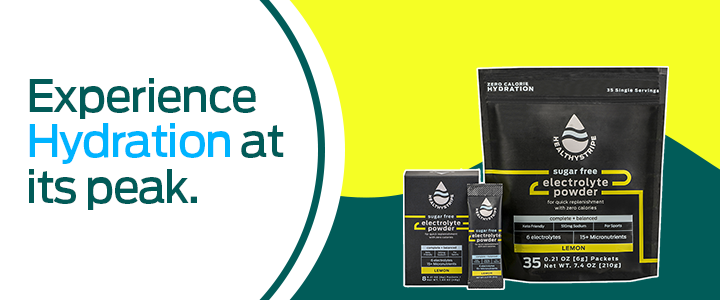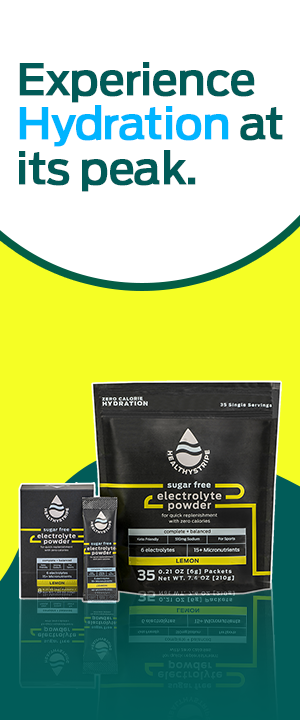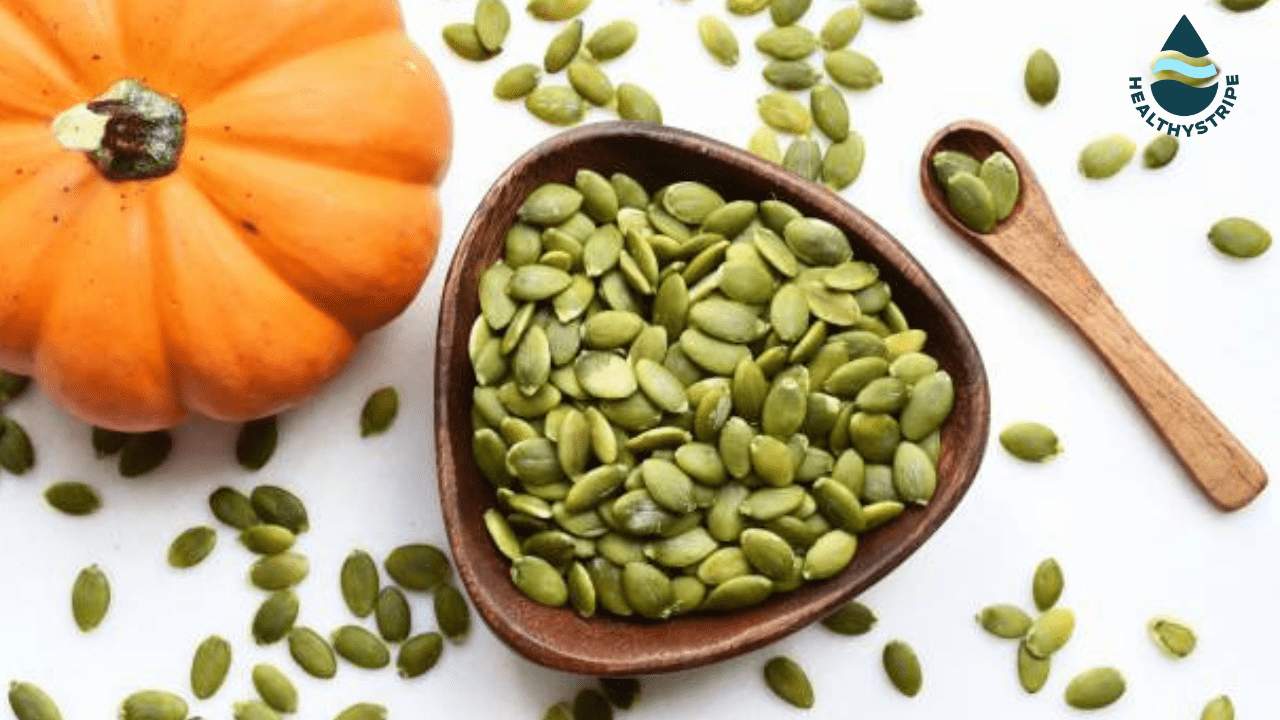
But doctor, I eat lots of protein and balanced amounts of fats and carbs.
How can I have any deficiency?
Often, patients complain of joint pains, bleeding gums, poor skin texture, and anaemia among various other conditions.
Why does this happen despite following a proper diet?
Studies show that Americans tend to have a diet rich in sodium, trans fat and low micronutrients. This leads to obesity and heart disease.
While most of them focus on macronutrients, they miss out on the micronutrients like vitamins and minerals which are indispensable for the body to function properly.
Let’s learn more about these wonderful elements and how they keep our bodies healthy and running.
What are Minerals and Vitamins?
Minerals and vitamins are quite different from each other. Minerals are inorganic components found naturally while vitamins are organic resources found in plants and animals.
Minerals and vitamins are divided into essential and non-essential depending on whether the body is producing it or whether we have to depend on food for that source.
Vitamins are further classified as water-soluble and fat-soluble vitamins based on the medium they get absorbed in.
| Vitamin | Solubility | Source | Deficiency disease |
|---|---|---|---|
| Vitamin A
| Water-soluble | Dark-coloured fruits, Dark leafy vegetables. Egg yolk | Poor night vision, dryness and ulceration in the eye |
| Vitamin D
| Water-soluble | Fish, fish oil, dairy | Rickets |
| Vitamin E
| Water-soluble | Greens, papaya, mango, seeds and nuts | Skin and epithelium damage |
| Vitamin K | Water-soluble | Green leafy vegetables | Poor blood clotting |
| Vitamin C
| Fat-soluble | Citrus fruits and berries, tomato | Scurvy, Brittle skin, |
|
Vitamin B (Complex) | Fat-soluble | Fish, poultry and eggs and soymilk | Anaemia, Beri Beri |
Here are some of the essential minerals and how their absence may affect your body
| Mineral |
Deficiency Disease |
| Calcium | Brittle bones, excessive bleeding, muscle weakness |
| Phosphorus | Bad teeth and bones |
| Iron | Anaemia |
| Iodine | Goitre, enlarged thyroid gland |
| Copper | Low appetite, retarded growth |
Importance of Minerals and Vitamins
Minerals and Vitamins help in growth and development, regulate cell function and boost the immune system. So nutrition is not only dependent on carbs, proteins and fat but also micronutrient consumption.
So if Minerals and vitamins are so important why are they called micronutrients?
Well, that is because they are required in lesser amounts than your macronutrients. That however doesn’t affect its importance.
Let’s take a look at how vitamins work on our bodies.
- Vitamin A – Helps in maintaining skin, bone and epithelial integrity.
- Vitamin B complex – It includes 12 vitamins which have multiple critical roles in our body like blood cell maturation and brain function.
- Vitamin C- Be it wound healing, gum health or protein uptake, this antioxidant does it all.
- Vitamin D – The sunshine vitamin is supposed to help you absorb calcium and phosphorus. 15 mins of sun exposure 3 times a week is all you need to get your dose of vitamin D.
- Vitamin K– The glue that helps in clotting. Yes without this one you cannot make your blood cells adhere.
- Vitamin E- This is best friends with Vit K and has a role in blood cell formation and Vit K uptake.
- Biotin – It maintains hormone levels and metabolism.
- Folate – Essential for blood cell production and is a must for all pregnant women.
What about Minerals?
- Calcium- Helps in blood clotting, and muscle contraction and works with Phosphorus to maintain bone health.
- Sodium, Potassium & Chloride– Help in maintaining the pH and fluid balance
- Copper- Helps in blood cell formation and neurological health.
- Iodine- Regulates thyroid function, brain function and cellular growth.
- Iron- Helps in oxygen transportation.
- Magnesium– Maintains nerve and muscle function.
- Manganese- Helps with water balance and nerve impulse conduction
- Sulfur- It helps in protein synthesis and delays skin ageing
- Zinc- From wound healing to boosting the immune system, this mineral does it all. On top of that, it also regulates cell division and helps keep our sensory organs functional.
Micronutrient Dosage and Important Terms
Often we find ourselves completely clueless when we are reading about supplement levels. Here are a few terms that could help you understand how much of the supplements you should consume
The RDA (Recommended Dietary Allowance) – Helps us understand how much quantity we should consume to stay healthy. It varies with gender and age. It is often the same as DV( daily value) the number you find on labels.
The UL (Tolerable Upper Intake Level) -This number represents the maximum amount you may consume without the risk of side effects or overdose.
Chart Showing RDA and UL of micronutrient consumption ( Source- Harvard)
| Vitamin
or Mineral | Recommended Dietary Allowance (RDA) or Adequate Intake (AI)
Nutrients with AIs are marked with an (*) | Upper Tolerable Limit (UL)
The highest amount you may take without risk |
| Boron | Not determined. | 20 mg/day |
| Calcium |
|
|
| Chloride |
| 3,600 mg/day |
| Choline
(Vitamin B complex) |
| 3,500 mg/day |
| Copper | 900 micrograms/day | 10,000 mcg/day |
| Fluoride |
| 10 mg/day |
| Folic Acid (Folate) | 400 mcg/day | 1,000 mcg/day
This applies only to synthetic folic acid in supplements or fortified foods. There is no upper limit for folic acid from natural sources. |
| Iodine | 150 mcg/day | 1,100 mcg/day |
| Iron |
| 45 mg/day |
| Magnesium |
| 350 mg/day
This applies only to magnesium in supplements or fortified foods. There is no upper limit for magnesium in food and water.
|
| Manganese |
| 11 mg/day |
| Molybdenum | 45 mcg/day | 2,000 mcg/day |
| Nickel | Not determined | 1 mg/day |
| Phosphorus | 700 mg/day |
|
| Selenium | 55 mcg/day | 400 mcg/day |
| Sodium |
| 2,300 mg/day |
| Vanadium | Not determined | 1.8 mg/day |
| Vitamin A |
| 3,000 mcg/day |
| Vitamin B3 (Niacin) |
| 35 mg/day
This applies only to niacin in supplements or fortified foods. There is no upper limit for niacin in natural sources. |
| Vitamin B6 |
| 100 mg/day |
| Vitamin C |
| 2,000 mg/day |
| Vitamin D (Calciferol) |
| 100 mcg/day
(4,000 IU) |
| Vitamin E
(alpha-tocopherol) |
| 1,500 IU/day
(1,000 mg/day) This applies only to vitamin E in supplements or fortified foods. There is no upper limit for vitamin E from natural sources. |
| Zinc |
| 40 mg/day |
Summary
It is impossible to remember the sources of every mineral and vitamin so it would be fair to leave that to your nutritionist and conclude by saying that you should include at least 3-5 colours of vegetables and fruits in your diet every day and keep shuffling them.
This would ensure a balanced supply of micronutrients, fibres as well as macronutrients that helps us stay fit and active. If you are concerned about getting enough microbes, visit your dietician and take supplements if you have any micronutrient deficiency.
Minerals and Vitamins Related FAQs
Here are a few commonly asked questions regarding minerals and vitamins that you should know.
What is the main food source of minerals?
Eggs, shellfish, green veggies and cereals are known to contain high levels of minerals.
What are the 7 minerals in food?
The main minerals that are absolutely essential for your body’s proper nutrition are calcium, chloride, magnesium, phosphorus, potassium, sodium, and sulphur.
What foods are highest in minerals?
Fish, organic meat, and cereals are a few of the foods that have high mineral content. So don’t forget to add them to your diet.
What are 10 minerals in food?
If you plan on having a balanced diet, these are the minerals that your diet should include- calcium, phosphorus, potassium, sodium, chloride, magnesium, iron, zinc, iodine, chromium, copper, fluoride, molybdenum, manganese, and selenium.









